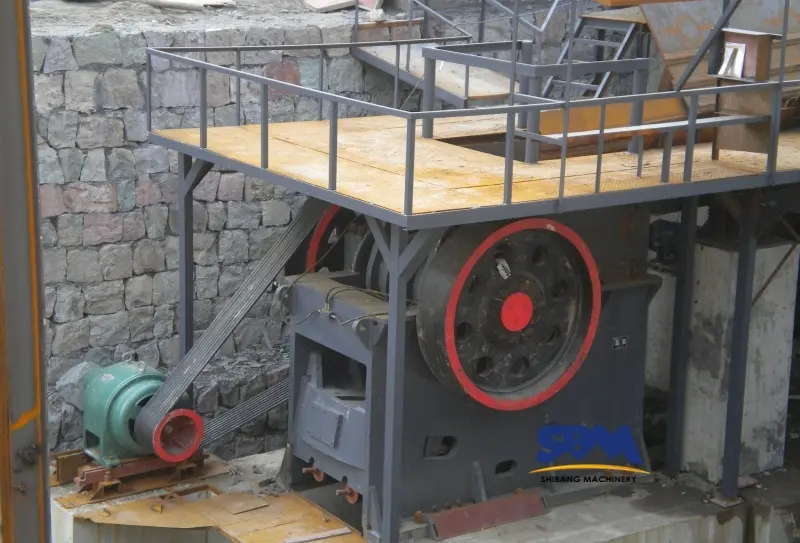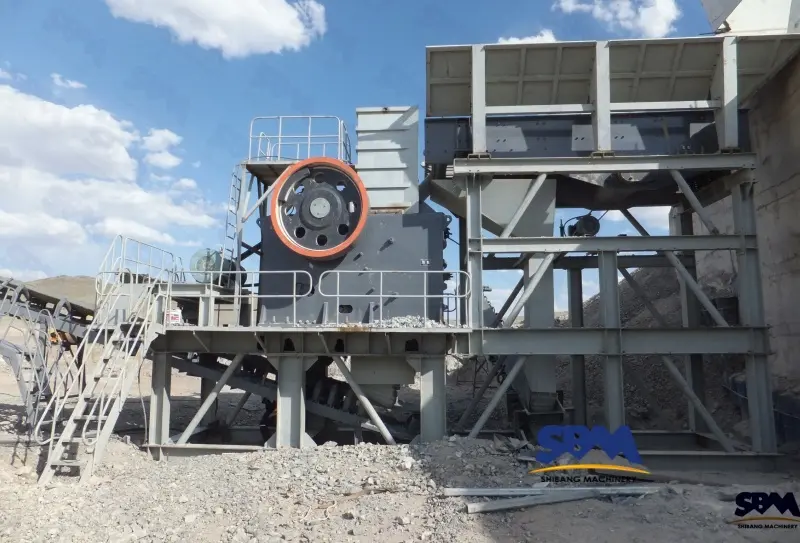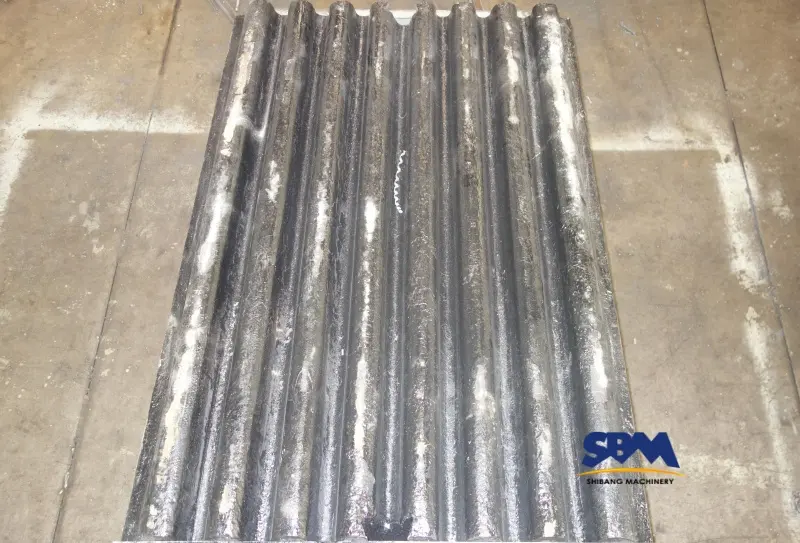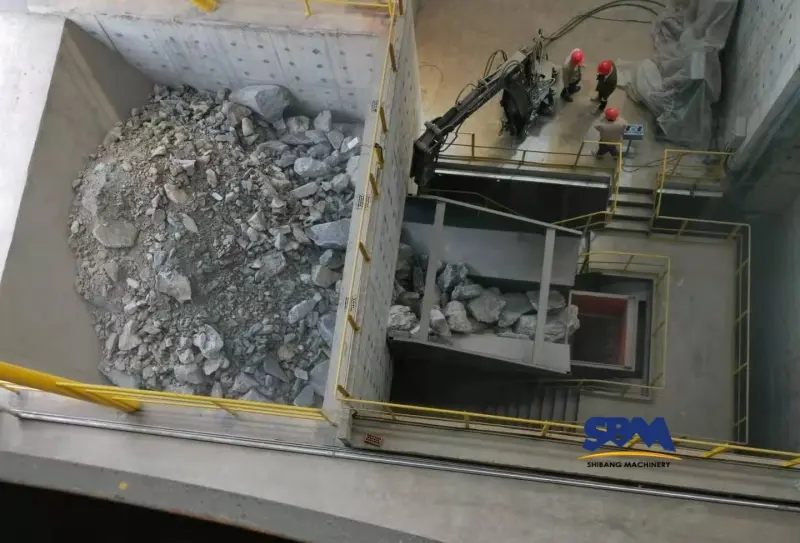E-mail: [email protected]
How to Choose the Right Jaw Crusher Size for Your Industry?
Selecting the right jaw crusher size isn’t a guessing game—it’s a science rooted in material dynamics and operational calculus. For industries from hard-rock mining to urban concrete recycling, even a 10% mismatch in crusher dimensions can slash throughput by 30% or spike wear part costs by 50%. Here’s how to engineer your choice with laser-focused precision.

Why Jaw Crusher Size Matters?
The right jaw crusher size directly influence your workflow. A crusher that’s too large drains power and devours workspace footprint, while undersized models trigger mechanical failures and bottleneck entire operations. Take real-world proof: A South African gold operation slashed unplanned downtime 22% within six months by swapping to a properly scaled crusher matched to their vein quartz ore’s crushing resistance.
Key Factors to Consider:
- Material Properties
- Hardness: Softer materials (Por exemplo, calcário) require smaller crushers.
- Tamanho da alimentação: Larger rocks need wider throats.
- Moisture Content: Wet materials demand deeper chambers to prevent clogging.
- Throughput Requirements
Calculate daily tonnage. A mid-sized crusher (Por exemplo, 10×24 inches) handles ~150–200 tph, ideal for small quarries. - Space Constraints
Urban construction sites often opt for compact crusher models like 8×16 inch jaw crushers.

Industry-Specific Sizing Strategies
Mineração: Match Crushers to Ore Type
- Iron Ore (Brazil): High-capacity 32×16 inch units process 300+ tph.
- Coal (India): Smaller 18×24 inch crushers suffice for low-abrasion coal.
Construção: Balance Mobility and Power
- Demolition Debris (UAE): Truck-mounted 20×36 inch crushers for on-site processing.
- Road Base Prep (Germany): Stationary 16×24 inch models for consistent output.
Recycling: Focus on Versatility
A 24×36 inch crusher in Tokyo’s e-waste facility handles mixed metals and plastics, with adjustable settings for varying feedstock.
Technical Specs You Can’t Ignore
1. Openings & Chamber Design
- Width: Determines feed size (Por exemplo, 36-inch width accommodates 24-inch rocks).
- Depth: Affects retention time; deeper chambers suit fibrous materials like rubber tires.
2. Motor Power
Underpowered motors (Por exemplo, 150 HP for a 20×36 inch unit) cause inefficiency. Use this formula:
HP=2000Tonnage×Work Index
3. Stroke & CSS Adjustment
Hydraulic systems (common in EU models) allow quick CSS changes, optimizing for clay vs. granito.

Avoid These Sizing Mistakes
- Ignoring Wear Parts: Replace concave liners regularly—worn plates force overloading.
- Overlooking CSS: A fixed closed-side setting reduces crushing efficiency by 15%.
- Neglecting Safety Margins: Add 10–15% to rated capacity for peak demands.
Cost vs. Longevity: Striking the Balance
A German recycling plant learned this the hard way: Cutting corners on right jaw crusher size saved 10kupfrontbutcost50k in annual maintenance. Invest in robust builds (Por exemplo, Ni-hard cast steel) for heavy-duty cycles.
Final Checklist for Jaw Crusher Size
- ✅ Match feed opening to largest material chunk
- ✅ Calculate HP based on material hardness and throughput
- ✅ Factor in space and portability needs
- ✅ Allow room for CSS adjustments
By aligning jaw crusher dimensions with real-world demands, you’ll boost productivity without overspending. Ready to optimize? Start by analyzing your feedstock and throughput goals today.
Sede Escritório
Whatsapp:+8615225176731
E-mail: [email protected]
Endereço: Não. 1688, Gaoke East Road, Novo distrito de Pudong, Xangai, China.
Local na rede Internet: https://www.mill-sbm.com/
Conteúdo do Artigo
Postagens recentes
- How to Choose the Right Jaw Crusher Size for Your Industry?Selecting the right jaw crusher size isn’t a guessing game—it’s a science rooted in material dynamics and operational calculus. For industries from hard-rock mining to urban concrete recycling, even a…
- What are the causes of damage to the jaw crusher plate?Because it is under tremendous pressure during material processing, there are many causes for the damage of the jaw crusher plate. Understanding why they degrade prematurely can save costs and…
- What is the ideal jaw crusher for granite crushing?Granite’s relentless toughness demands jaw crusher built to endure—think armored jaws and unyielding frames. Prioritize crushers that combine brute force with precision engineering, like heat-treated alloys and adaptive crushing chambers.…


